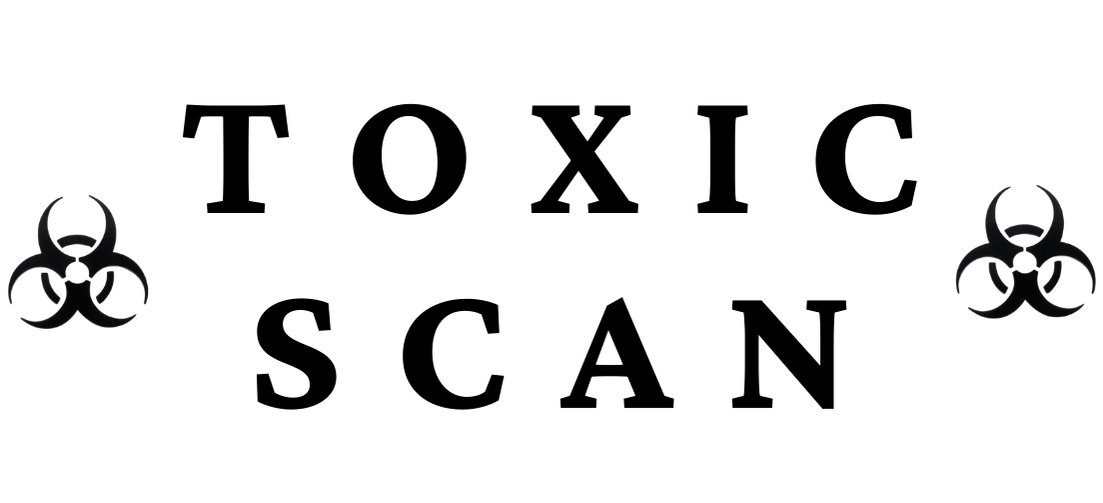E150a: Plain Caramel
E150a: Plain Caramel
What is E150a (Plain Caramel)?
Plain Caramel (E150a), also known as Caramel Color I or simply caramel color, is a water-soluble food coloring that provides a warm brown to black color to food products. It is the simplest form of caramel coloring, produced by heating carbohydrates without adding chemicals. E150a belongs to a family of caramel colors (E150a-d), with E150a being the most natural version, free from accelerators or specific reactants used in other caramel color types.
Source and Production
Plain caramel is produced through a controlled heating process:
-
Raw materials:
- Carbohydrates (typically glucose, fructose, sucrose, invert sugar, or other edible carbohydrates)
- Water
-
Production process:
- Carefully controlled heating of carbohydrates (caramelization)
- Temperature typically between 120-180°C (248-356°F)
- No chemical reactants or catalysts added (unlike other caramel colors)
- Cooling and standardization for consistent color intensity
-
Final processing:
- Filtration
- Concentration to desired strength
- Standardization to ensure batch-to-batch consistency
The resulting product is a dark brown to black liquid or powder with a characteristic caramel flavor and aroma.
Common Uses in Food
E150a is used in a wide variety of food products, including:
- Cola and root beer beverages
- Dark beers and whiskeys
- Soy sauce and Worcestershire sauce
- Gravies and soup bases
- Baked goods (especially those requiring a brown color)
- Desserts and confectionery
- Breakfast cereals
- Sauces and condiments
- Pet foods
- Seasonings and spice blends
Functional Properties
Plain caramel offers several advantages as a coloring agent:
- Color intensity: Provides strong brown coloration with small amounts
- Water solubility: Easily incorporated into aqueous systems
- Heat stability: Withstands high cooking and processing temperatures
- pH stability: Performs well across a wide pH range
- Light stability: Resistant to fading in light-exposed products
- Compatibility: Works well with most food ingredients
- Flavor contribution: Provides mild caramel notes in some applications
Health and Safety
Safety Assessment
Plain caramel (E150a) has been extensively evaluated and is generally recognized as safe. It has been approved by:
- The European Food Safety Authority (EFSA)
- The U.S. Food and Drug Administration (FDA)
- The Joint FAO/WHO Expert Committee on Food Additives (JECFA)
The Acceptable Daily Intake (ADI) for plain caramel has been established at "not specified" by JECFA, indicating no safety concerns at typical usage levels.
Metabolic Fate
When consumed, plain caramel is:
- Partially absorbed in the digestive tract
- Metabolized similar to other heat-processed carbohydrates
- Partially excreted unchanged
- Not known to accumulate in tissues
Safety Considerations
Plain caramel is considered one of the safest food colorings:
- Low toxicity: Extensive testing shows minimal concerns
- Allergenicity: Rare allergic reactions reported
- Digestive tolerance: Well tolerated by most individuals
- Natural origin: Derived from simple carbohydrates through heating
- 4-Methylimidazole (4-MEI): Lower levels compared to other caramel colors (particularly E150c and E150d)
Distinguishing E150a from Other Caramel Colors
E150a is one of four types of caramel colors, each with distinct production methods:
- E150a (Plain Caramel): Produced by heating carbohydrates without reactants
- E150b (Caustic Sulphite Caramel): Produced with sulphite compounds
- E150c (Ammonia Caramel): Produced with ammonia compounds
- E150d (Sulphite Ammonia Caramel): Produced with both sulphite and ammonia compounds
E150a is generally considered the most natural and has the cleanest label status among caramel colors.
Regulatory Status
E150a (Plain Caramel) is approved for use in most countries worldwide:
- European Union: Approved as E150a
- United States: FDA approved as "caramel color"
- Australia/New Zealand: Approved as food additive 150a
- Canada: Permitted as "caramel color"
- Japan: Approved as a food additive
Natural Status and Clean Label Considerations
Plain caramel's status in "natural" or "clean label" products varies:
- Natural classification: Often considered natural as it's produced through cooking carbohydrates without chemical additives
- Organic compliance: Available in organic-compliant versions
- Clean label status: Generally accepted in clean label formulations
- Minimal processing: More aligned with consumer expectations for minimally processed ingredients than other caramel colors
Consumer Awareness
Consumers may find plain caramel on labels under various names:
- E150a
- Plain caramel
- Caramel color
- Caramel color I
- Caramel
- Burnt sugar
Alternatives to E150a
For those looking to avoid caramel coloring, alternative brown colorings include:
- Fruit and vegetable concentrates (grape, apple, carrot)
- Cocoa powder
- Coffee extract
- Malt extract
- Roasted grain extracts
- Molasses
- Date powder or extract
Conclusion
E150a (Plain Caramel) is one of the oldest and most widely used food colorings, with an excellent safety profile as reflected by its low toxicity rating of 1. Its production through the natural process of heating sugars without chemical additions makes it acceptable to most consumers, including those seeking cleaner labels. While it's technically a processed ingredient, its simplicity and long history of safe use place it among the more trusted food colorings available. For most consumers, plain caramel poses no health concerns and serves as an effective way to achieve the brown colors expected in many traditional food products.
